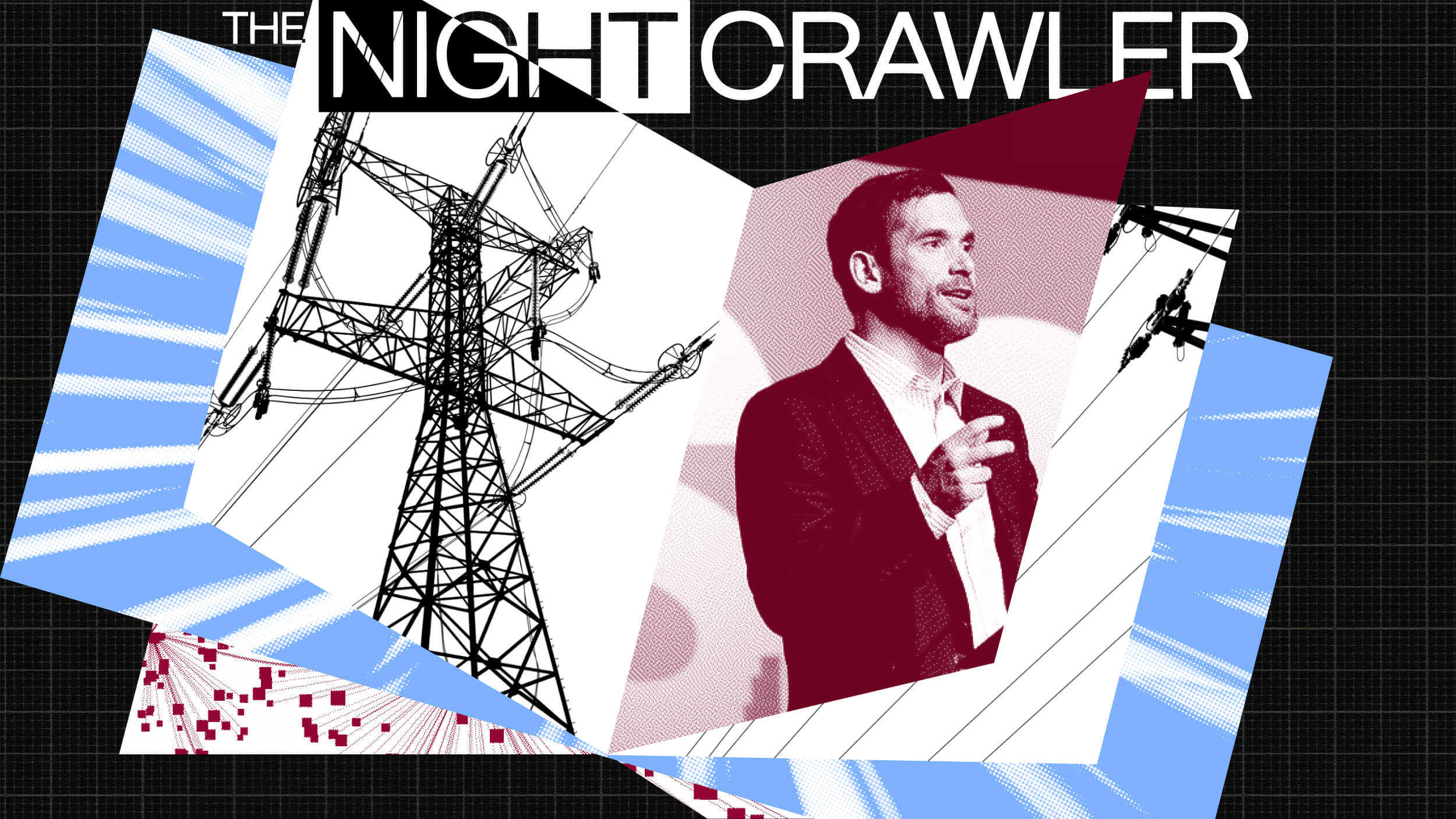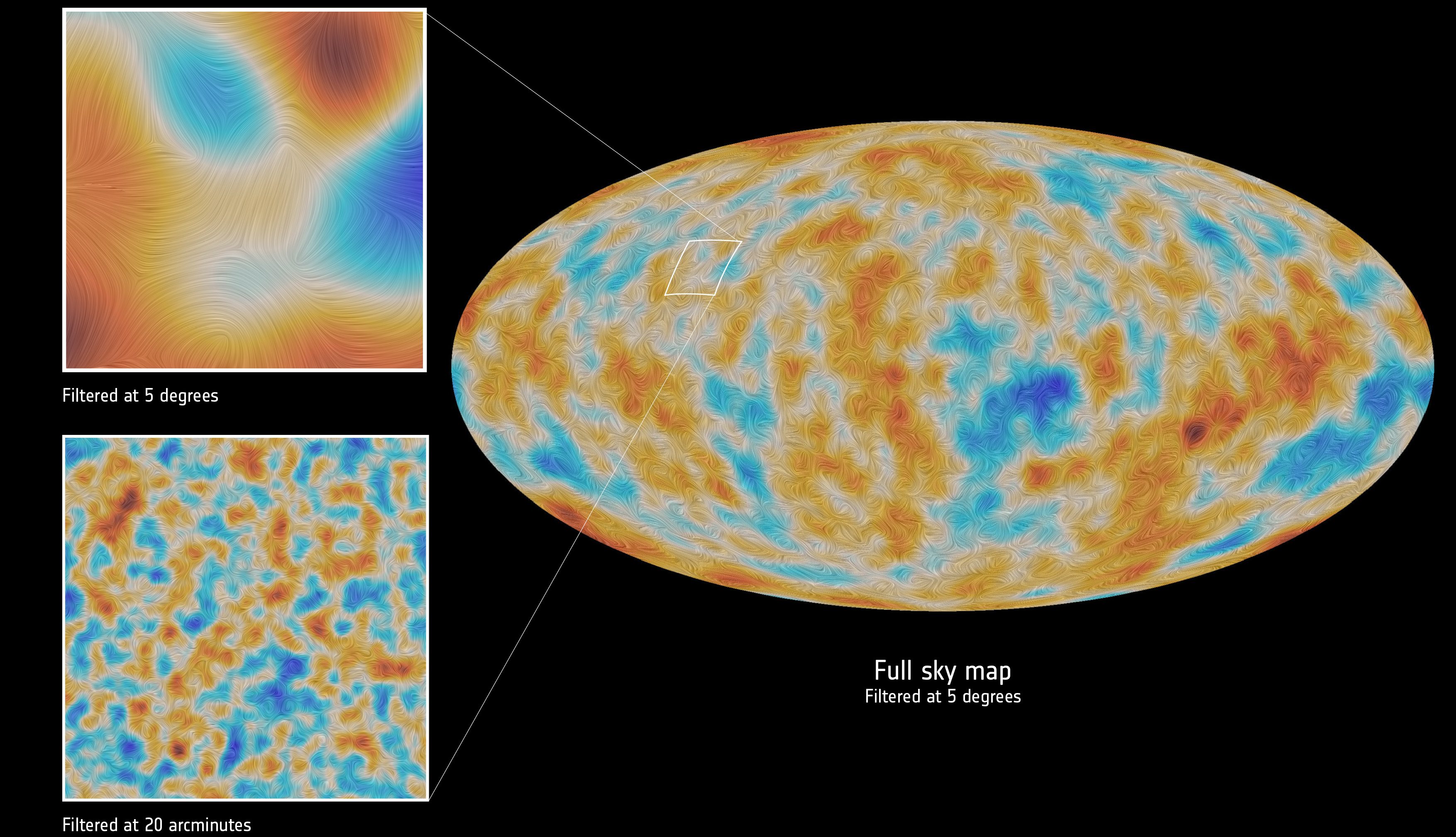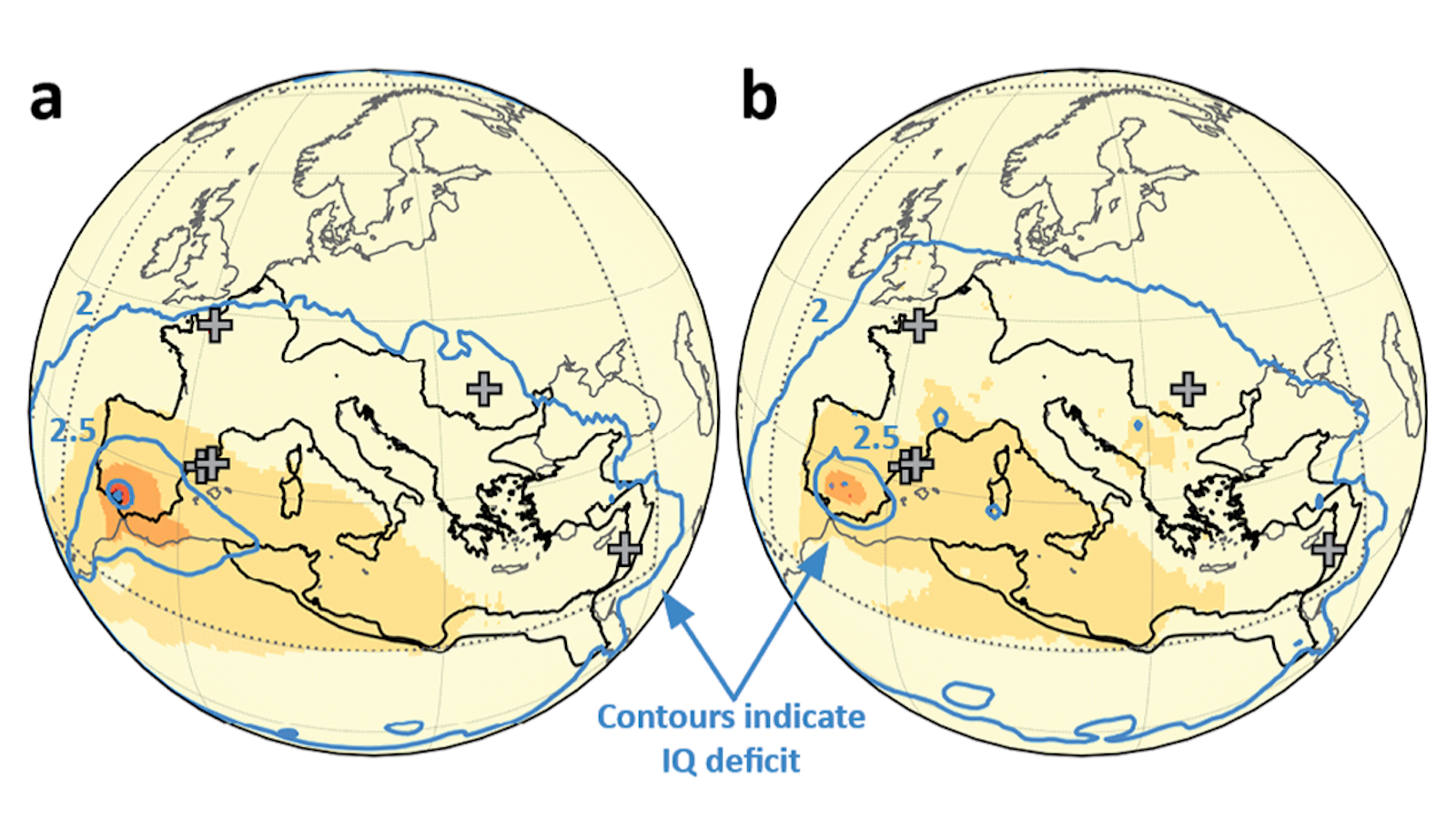How Capitalism Is Like The Matrix
An iconoclastic economist at Cambridge University has likened free-market capitalism to that of the brainwashed characters in the film The Matrix, unwitting pawns in a fake reality. “In a controversial new book, the Cambridge economist Ha-Joon Chang debunks received wisdom on everything from the importance of the internet to the idea that people in the United States enjoy the highest standard of living in the world; an iconoclastic attitude that has won him fans such as Bob Geldof and Noam Chomsky. … South-Korean born Dr Chang aims to disprove what he sees as economic myths, including the idea that people are paid what they are worth, that the “trickle down” effect of increasing wealth among the rich helps the poor, and that education makes countries more prosperous.”




